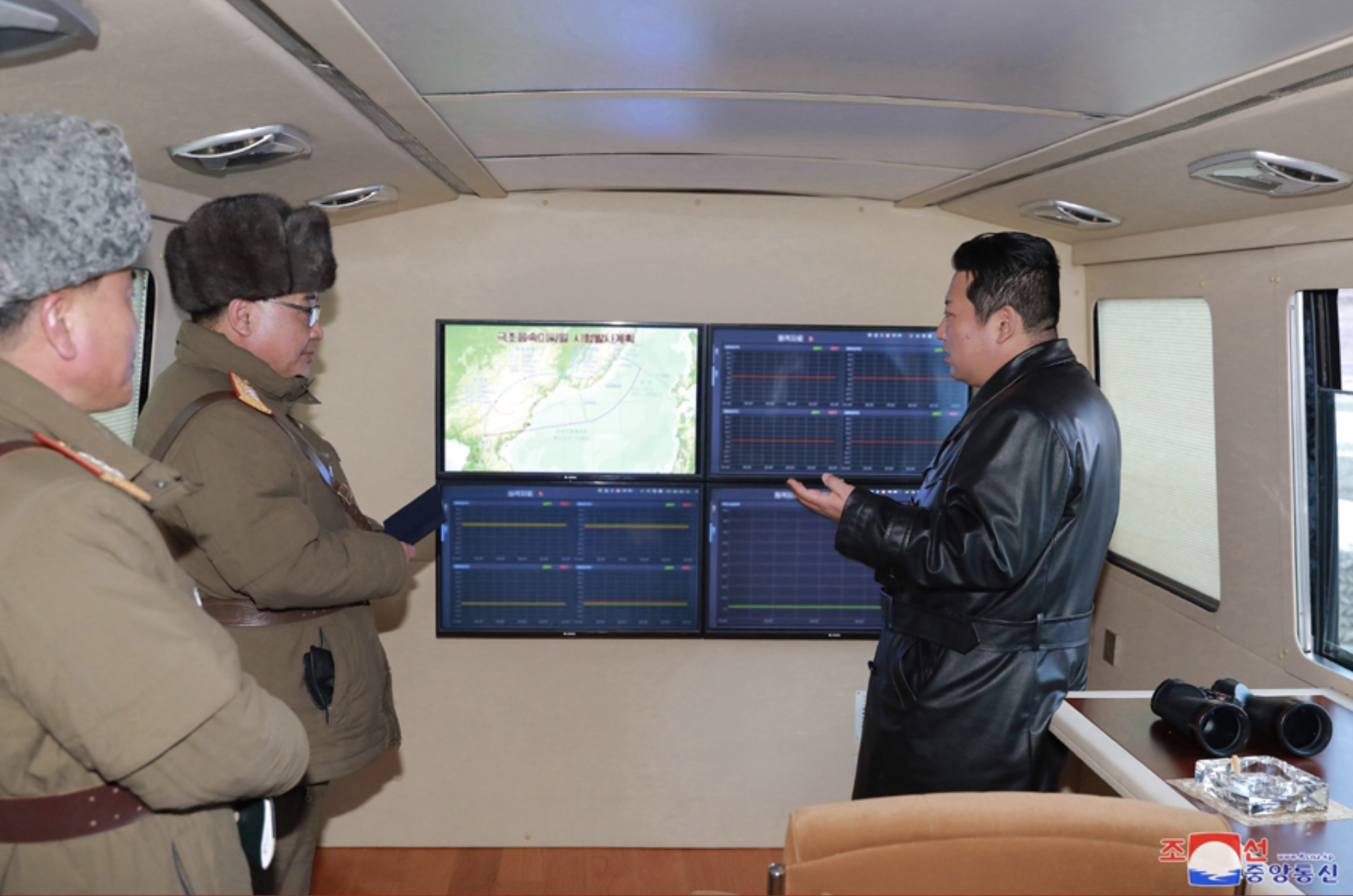
Earlier this week, South Korean officials and independent expert analysts said the militant group Hamas likely used North Korean weaponry in its surprise attack on Israel on Oct. 7, based on images and video evidence.
Among the North Korean-made arms found in the attack were F-7 rocket-propelled grenades (RPG) and 122mm artillery shells. A video examined by the Associated Press also showed Hamas fighters with Pyongyang’s anti-tank missile.
National Security Council spokesperson John Kirby said he could not confirm the reports about the source of the rockets being used by Hamas on Oct. 19.
The kinds of weapons allegedly used can make the maneuvering of Israeli forces in an urban warfare operation more difficult, according to retired USAF Maj. Gen. Larry Stutzriem, the director of research for the Mitchell Institute for Aerospace Studies.
“RPGs could be used to shoot at Israeli helicopters during landing, liftoff, or in hover,” said Stutzriem. “But what they really want to do is if the Israelis go into Gaza, use the RPGs to attack mechanized vehicles that are carrying troops and weapons. And the mortars and rockets are terror weapons, also, in that they could be launched at Israeli civilians.”
Stutzriem highlighted that although these weapons may not be “game-changers” for the militant group, their potential significance hinges on the undisclosed quantity of North Korean arms, such as the anti-tank systems, in possession of Hamas.
Pyongyang has denied its weaponry was involved in the attacks, via its news agency KCNA. But a North Korean state newspaper has published an article blaming Israel for its “persistent criminal acts against the Palestinian people.”
Stutzriem says the discovery of North Korean weaponry in the possession of militant groups such as Hamas should not come as a surprise.
“North Korea has been building its illicit arms sales for a long time,” said Stutzriem. “The intelligence community has been watching this for decades, going back to the early 1990s. The way the regime has raised income is by selling largely, almost absolutely to the countries that are opposed to the allied democracies in the world.”
It is likely Iran facilitated the procurement of these arms, Stutzriem added.
Pyongyang has a history of selling missiles and sharing nuclear technology with countries such as Egypt, Iran, Libya, Syria, and the United Arab Emirates, according to the U.N. Security Council.
In 2009, Israel reported a North Korean cargo plane seized in Thailand was en route to Hamas and Hezbollah, carrying over 35 tons of weaponry, including rockets and RPGs.
Stopping the regime from profiting through weapon sales is “very hard,” said Bruce Bennett, an international/defense researcher at the RAND Corporation.
“North Korea can send weapons on ships or aircraft going to Iran. And then Iran can send them forward into Egypt and then into Gaza,” Bennett said. “There are some things we could do to potentially intercept some of those ships, but as long as there are third-party ships or third-party aircraft, it’s difficult to interdict that kind of flow.”
Bennett suggested a more practical approach would be for the U.S. to persuade its partners within the Proliferation Security Initiative, launched in 2003 to prevent the trafficking of weapons of mass destructions and material.
“One of the best ways Washington could do is go through the Proliferation Security Initiative,” said Bennett. “They’re not going to stop aircraft moving but they will stop ships moving if they think they have contraband.”
Through the PSI, the U.S. persuaded Panama to intercept a North Korean ship in 2014, carrying concealed weapons from Cuba back to Pyongyang beneath a million pounds of sugar.
Bennett added that among nuclear-armed states including Russia and China, North Korea stands out as the most probable candidate for selling nuclear arms to Middle Eastern militant groups, even though its leader Kim Jong Un would exercise extreme caution in doing so.
“I think Kim’s objective is to have 300 to 500 nuclear weapons. He said just last year that just for one of his missile systems, he plans to make 100 Navy missiles that all have nuclear warheads,” Bennett said. “So, my guess is once he gets to 200 to 300 range, he has what’s called the Nuclear Shadow, that is, he takes an action like sending nuclear weapons to Hamas.”
RAND projects by 2027, Pyongyang may possess around 200 nuclear weapons, several dozen ICBMs, and numerous theater missiles for nuclear delivery.
